Diamonds may be a girl’s best friend, but they’re worth little to a survivalist. Trees are far more valuable if you’re looking for food, warmth, shelter, and medicine.
If you can identify and utilize the most useful trees for survivalists and preppers, you can access almost everything you need.
While some trees are excellent sources of firewood, others have beneficial medicinal qualities. Some are excellent food sources, while others are better for building shelters.
Here, we will look at 7 different tree species that every survivalist should know and what they can be used for.
#1 Pine
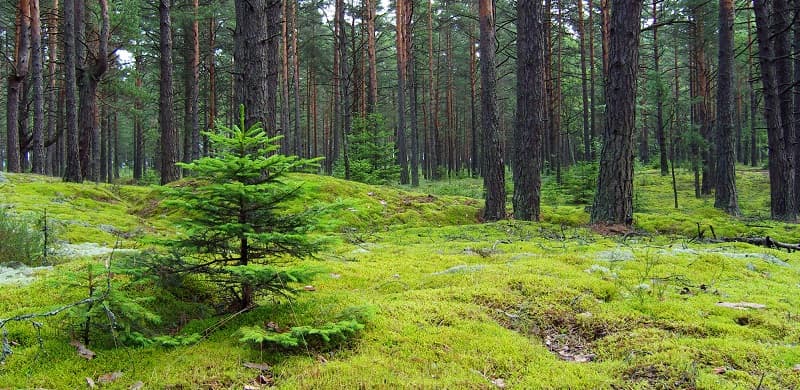
The pine tree is one of the most versatile and easiest to identify. With their needle-like pines and cones, these evergreen trees are hard to miss and grow prolifically throughout North America’s northeastern and central parts.
Aside from its wood, which can be burnt or used to make a temporary shelter, pine sap has many uses. You can, for example, apply it to wounds to prevent infection or use it to make a torch or start a fire.
Other parts of the pine tree are similarly helpful. Pine needles are high in vitamins A and C and can be brewed into a tasty tea to boost your immune system. Learn how to make pine needle tea.
Can you eat pine bark? Yes and no. “White pine is generally considered to taste the best, and you should avoid Norfolk Island Pine, Ponderosa Pines, and Yew trees as these can be toxic.”
White pine bark contains “carbohydrates, vitamins, and fiber” and can be fried in strips, dry roasted, or ground up and mixed with rye flour to make sourdough bread. Even tastier than the bark is the pine nut, which you can harvest in October when the cones start to open.
Failing that, you can always eat the cone instead, although it won’t have the soft, nutty flavor of the pine nut.
#2 White Birch
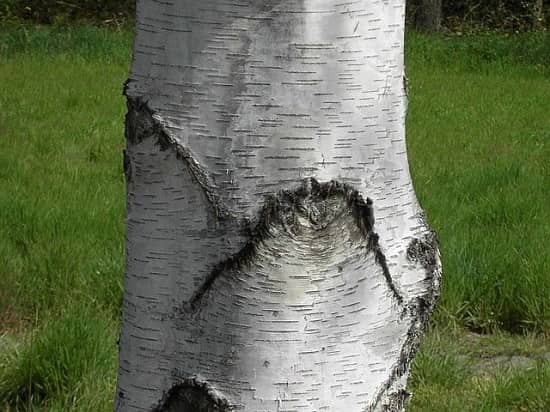
If you’ve ever wondered, “Can you eat tree bark?” You’ve obviously never tried chewing on a slice of white birch bark. Its subtle, minty flavor tastes like wintergreen and can be eaten raw, cooked like spaghetti, or ground into a type of flour.
White birch bark also brings us another benefit – it helps us identify the tree. Its white, papery bark peels off easily, giving the tree a distinctive, almost disheveled appearance.
If you find the bark a little hard to swallow, you can always wash it down with some sap, which, if you’re feeling adventurous, can also be converted into beer, vinegar, syrup, and wine!
The gum is also pleasant to chew on and contains a natural disinfectant.
Aside from its edible qualities, birch bark is tough enough to make into buckets and canoes or baskets. Heat the bark over a fire, and extract the sticky tar to make yourself some super glue!
#3 Maple
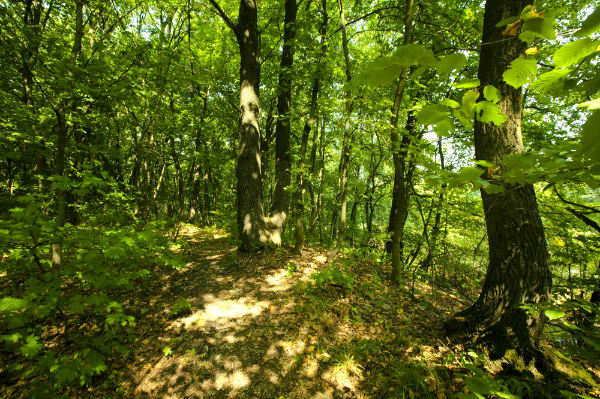
Do you know anyone who doesn’t enjoy maple syrup? Probably not, but you probably know a few who’ve never munched down on roasted maple seeds. Like the sap of the maple tree, the seeds, bark, young buds, and blossoms are all edible and have a sweet flavor.
As with the white birch, you can drink the maple tree’s sap.
Even those parts of the maple tree that aren’t edible can help you survive. Maple branches make excellent kitchen utensils and even potholders.
#4 Cedar
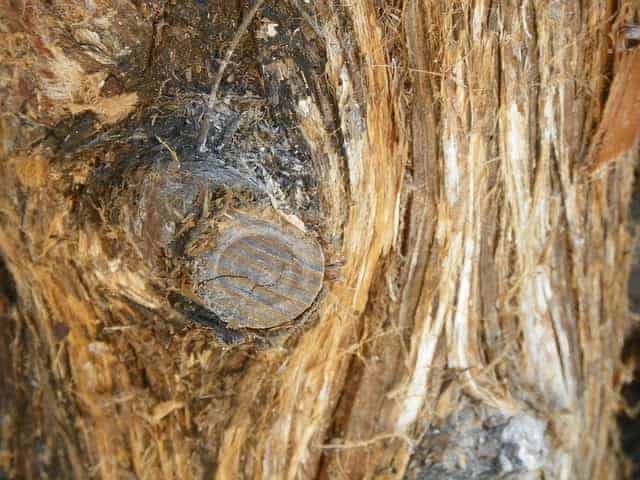
Similar to the pine tree in appearance, the cedar is another evergreen tree with needle-like leaves. Like the pine, it also has a distinctive smell reminiscent of camphor – slightly menthol.
While not as versatile as the pine, the cedar is still useful for survivalists, with its durable wood and natural weather-resistant properties. Using cedarwood, you can carve out various utensils, build a survival quiver, or even build yourself a cedar survival bow.
In the past, the men of the Shuswap tribe would build “circular winter lodges of cedar bark and earth,” making the most of its weather-resistant properties. The bark can also be used to make rope and traditional clothing, although it needs to be dried for three years before it can be turned into a stylish vest or hat.
The bark has medicinal qualities as well. Boil up some cedar bark, and it will release tannic acid, which has multiple uses, from treating rashes to preventing throat infections. You can also use it to make a tinder bundle (similar to fatwood) that will reliably start a fire regardless of the weather.
#5 American Linden or Basswood
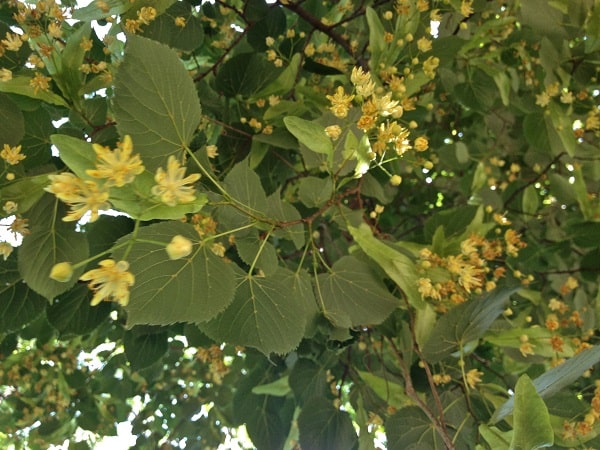
With its heart-shaped leaves and nut-like fruits, the American Basswood is relatively easy to identify and highly beneficial.
Almost every part of the Basswood is edible, from its leaves and blossoms to its seeds and inner bark. Although the leaves have a strange, almost gelatinous texture, the inner bark is as refreshing as a slice of cucumber. Even if you don’t like the texture or flavor that much, “basswood seeds, leaves, and flowers can all be added to soups and stews” for a little nutritional boost.
You can use the larger leaves as a substitute for foil, wrapping your meals in several layers, secured with strips of basswood bark, before cooking them in the coals of your campfire.
While Basswood isn’t as effective as firewood, it is, like the cedar, a great way to start your fire or make a friction fire-making kit.
As with the maple tree, the Basswood’s sap is refreshing, hydrating, and easy to collect. It won’t have the sweet flavor nor all the benefits of maple water, but it will quench your thirst on a hot summer day.
If you have a sustainable food source and don’t need the bark to supplement your diet, use it to make cordage, baskets, or even clothes.
#6 Oak
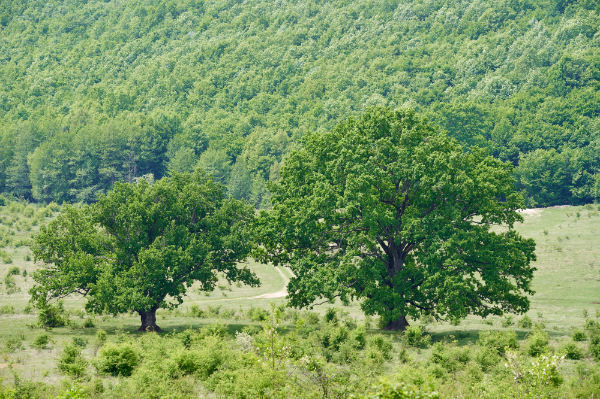
The oak tree’s distinctive leaf shape and deeply fissured bark make it stand out from the crowd.
All parts of the oak tree are edible, including the bark, leaves, and acorns. The inner layer, or cambium, is the best, being both tender and nutritious. Alternatively, you could use it to make yourself a cup of oak bark tea, which can effectively treat a range of health problems.
The leaves have also been widely used for their medicinal properties and can be applied to wounds to promote healing, reduce swelling, and soothe irritation.
The acorns are the most versatile of the oak tree’s edible parts, although they have a high tannic acid content, which gives them a bitter flavor and can cause complications if consumed in large quantities.
Fortunately, that acid can be easily removed by soaking the acorns in water or crushing and sieving them.
Once that process is complete, you can do almost anything with them – using them as a substitute for flour or coffee! You could also make yourself a nutritious and delicious breakfast of acorn porridge by mixing them with maple water and a few wild berries.
Read more about eating acorns.
In addition to providing you with food in the form of acorns and bark, the oak tree also hosts a couple of edible mushroom species. In the autumn, you’ll find them bestrewn with colorful Chicken-of-the-Woods gourmet fungi, which taste like chicken and have a similar texture.
Oakwood is strong, tough, and durable, making it an excellent building material for any survival shelter. You can use it to make tools and, if that doesn’t work, add it to your campfire, where it will produce lots of heat and minimal fumes.
#7 Willow
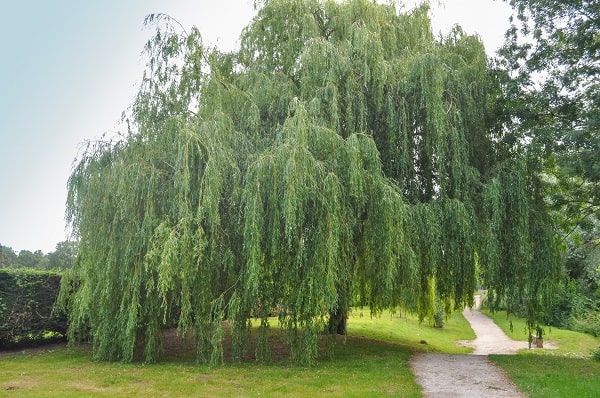
There is an abundance of different types of willow, many of which grow in the US, usually in moist areas close to a water source. Like the oak, almost every part of the willow has a use.
The willow tree branches are highly flexible and “are commonly used in basketry and weaving.” They’re also durable enough to use as a shelter framework and make useful survival tools, like a bow and arrow or fish trap.
Some parts of the willow tree are also edible, although not particularly palatable. Indeed, it has more medicinal benefits than culinary ones, and the leaves and inner bark can be chewed on “to relieve fever or other minor pain like toothaches, headaches, or arthritis.“
Conclusion
The more you can live off your environment, the less you need to carry with you when the SHTF. Learning to identify and utilize these seven trees will help you survive, giving you access to food, water, shelter, and heat all year round.
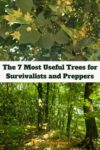


Thank you so much for writing these articles. You have no idea how much you are helping me,my family and many of my friends prepare for the inevitable. This world is going down fast. With each article we read we are a little more prepared and a little less afraid. Thank you.
I enjoyed the article. It should be pointed out the growing zones of some of these trees or different useful trees in different zones. I for one don’t have a single one of these trees within 60 miles from me. I do have lots of mesquite trees that can sustain me for a long time.
excellent article.Thanks, always fighting the squirrels living in my Oaks. Very much enjoyed this.
keebler